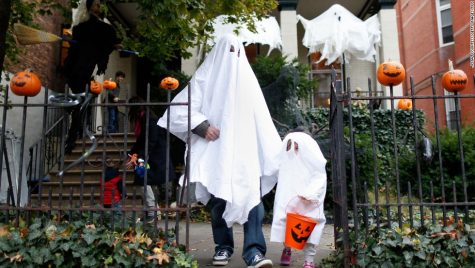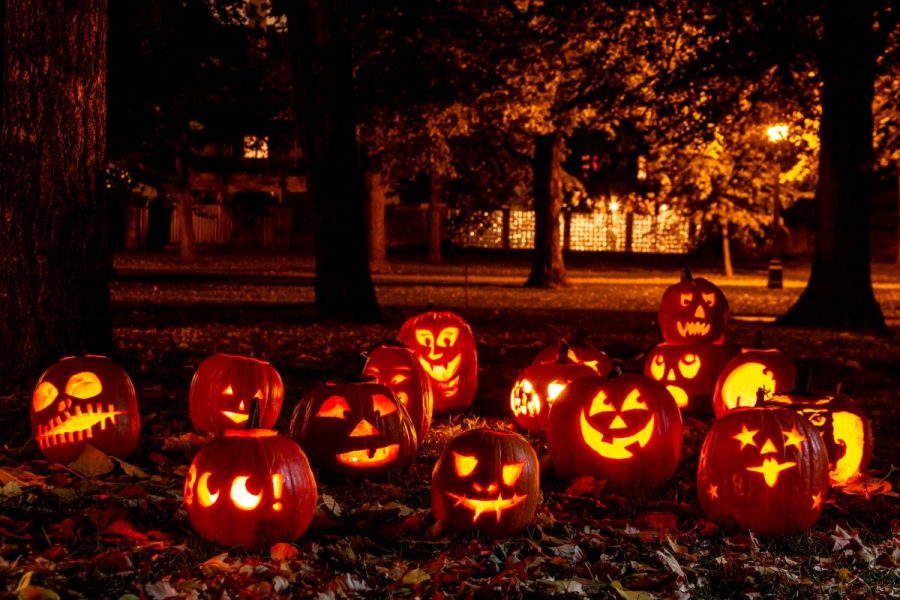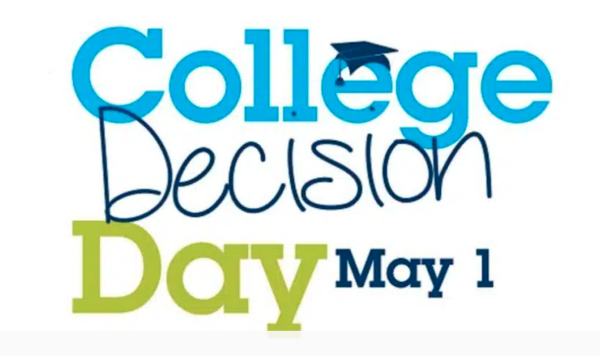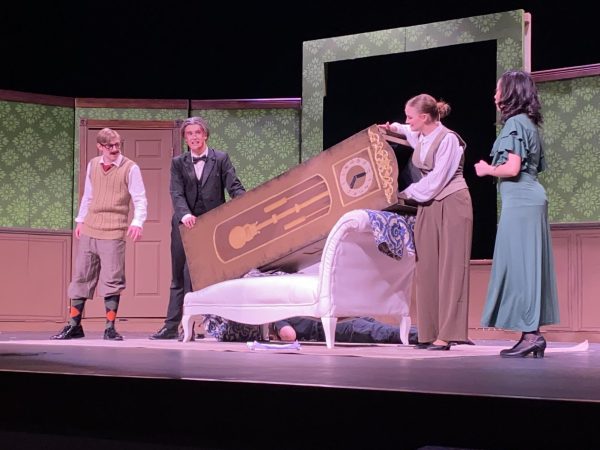The Mystical Origins of Halloween
October 31st – Halloween night – is the one day a year that neighborhoods light up with orange and black lights, and children rush from house to house in search of their favorite candy bars. The tradition of trick-or-treating has been practiced in the United States since the early 20th century. Yet, how did this tradition begin? Let’s travel back in time to the dark and mysterious origins of Halloween.

Dating back 2,000 years ago, Samhain was an ancient Celtic festival marking the beginning of what Celtics considered the darker half of the year. Celebrators would gather for the ancient pagan traditions of lighting communal fires and sacrificing cattle. Some people believed that those who refused to participate in the ceremonies would face punishments like sickness and even death. Many people thought that the worlds of the living and dead merged during the festival, allowing the dead to return to Earth for a short period. Some Celtics dressed in costumes to ward off these evil spirits.

Nowadays, people associate Halloween with ghosts, witches, and other supernatural occurrences.
In the first millennium, Christians began celebrating a related holiday, Allhallowtide, which focused on remembering the dead. Several years after its formation, in 837 C. E., the Pope switched the dates of Allhallowtide, which includes All Saints’ Eve, All Saints’ Day, and All Souls’ Day, to October 31st through November 2nd. Initially, these days were celebrated during the spring time, but Celtic influencers likely encouraged the switch to the fall. With time, people began referring to October 31st – All Hallows’ Eve – as Halloween.
When Europeans began immigrating to the United States, they brought with them the tradition of Halloween. As cultures merged, Americans began partaking in the Halloween festivities that we know today. By the 1930’s, trick-or-treating became a widespread U.S. tradition that involved children dressing in costumes and running through the streets in search of candy.
Moving on to modern times… On Thursday, October 31st, ACP-Erie students are encouraged to come to school decked out in their favorite character costumes. Be sure that these costumes are appropriate for school, without violent or suggestive messages. Also, remember that no weapons are allowed as parts of costumes, and students must take off their masks during class. Now, when you see people dressed-up and trick-or-treating, consider the fascinating origins of this mystical holiday!





